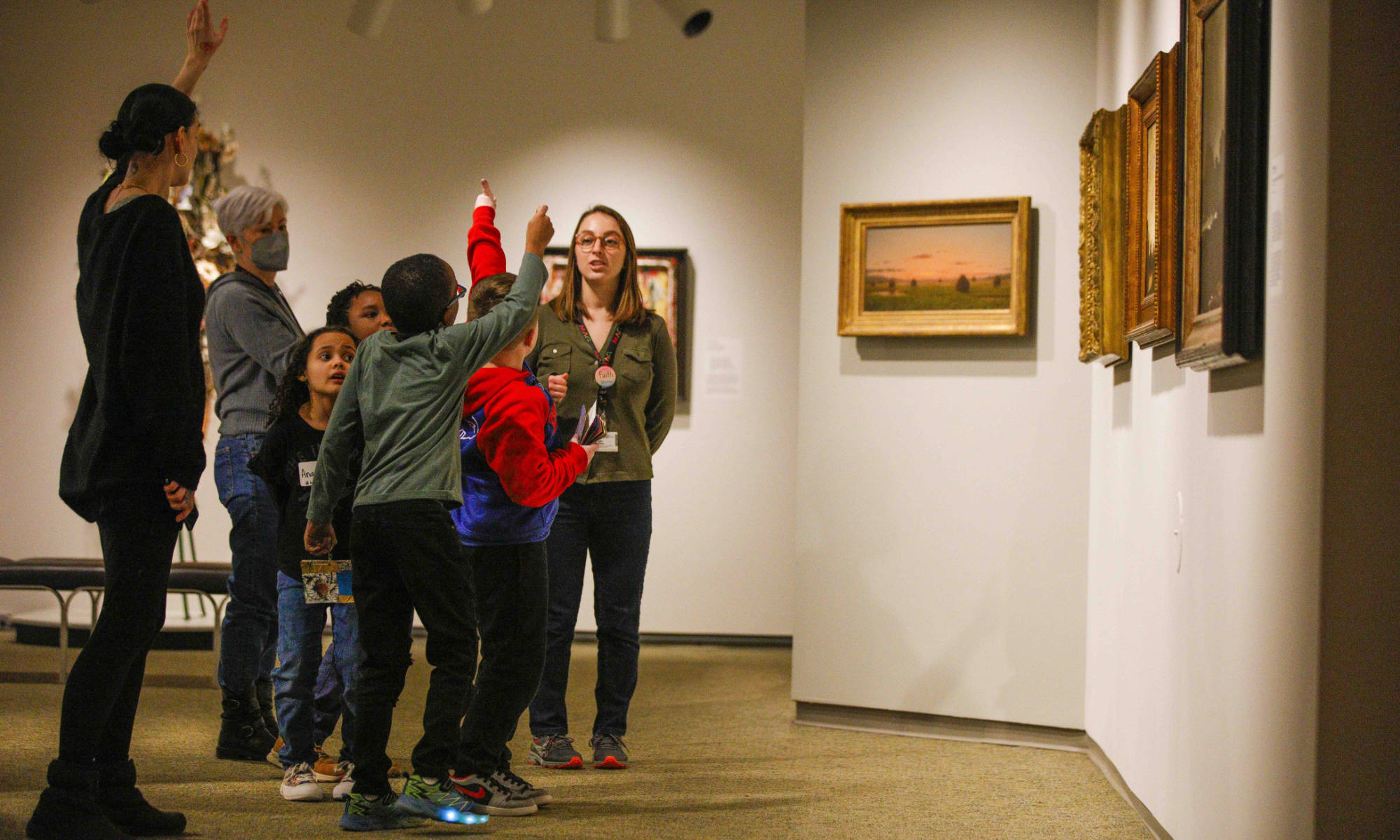New York–based artist Javier Téllez grew up the son of two psychiatrists.
“They had a humanistic approach to their work,” he says. “My father had private consultations at home, and he would take me to visit him at the hospital. It was part of family life to understand there was mental illness and that it was pretty much like any other illness.”
These days, Téllez makes movies with patients from psychiatric institutions around the world. His most recent collaboration took place in Rochester, culminating in NOSFERATU (The Undead), a film installation on view through June 17 at the Memorial Art Gallery.
The 33-minute film, inspired by the 1922 expressionist silent horror film Nosferatu, eine Symphonie des Grauens, combines black-and-white 16mm and color digital film and was shot at the Eastman Kodak factory, the George Eastman Museum’s Dryden Theatre, and the Main Street Armory.

Learn more about Reflections on Place, a media arts series commissioned by the Memorial Art Gallery and inspired by the city of Rochester.
Téllez traveled frequently to Rochester from his home in Queens to work on the film with a dedicated group of 10 people diagnosed with mental illness.
“The work is between fiction and commentary,” Téllez says. A vampire was chosen as the main character “to reflect on light and darkness as the fundamental principles of cinema, and to focus on those who are stigmatized by being different and condemned to invisibility.”
The work is the first in a series of commissioned media art exhibitions titled Reflections on Place, curated by John Hanhardt ’67, a world-renowned authority on the moving image.
According Jonathan Binstock, the Mary W. and Donald R. Clark Director of the Memorial Art Gallery, commissioning work is a greater financial investment than acquiring art already in existence, but “with greater risk comes greater reward. I believe Javier, who already is internationally known, has made the best and most important work of his career, and we will be able to share in that success.”
The next artist finding inspiration in Rochester for Reflections on Place is London’s Isaac Julien, who uses music, poetry, and visual effects in a multiple screen film installation inspired by two of Rochester’s most famous residents: abolitionist icon Frederick Douglass, and women’s rights activist Susan B. Anthony. His work premieres in February 2019.
New York City’s pioneering video artist Dara Birnbaum follows in spring 2019, with her multichannel visual and sound installation spotlighting the 1964 Rochester race riots and their effect on the African-American community.
Each artist’s works will be individually presented, then will enter the musem’s permanent collection at the end of the exhibitions.
Téllez does not follow the conventional logic of narrative film. Instead, he combines different approaches to filmmaking to create an innovative, research-driven body of work full of surprises. His collaborators portray fictional patients in a set representing a ward at a 1960s-era insane asylum. They are shown simultaneously as actors and spectators of their own film.
NOSFERATU (The Undead) includes aspects of the manufacturing of celluloid film at the Kodak factory, and also documents a performance from renowned silent film accompanist Philip Carli, the George Eastman Museum’s resident musician.
Téllez has been the subject of solo exhibitions at the San Francisco Art Institute (2014), Kunsthaus Zürich in Switzerland (2014), Museo de Arte Carrillo Gil in Mexico City (2004) and other museums. He has been featured in many group exhibitions, including the Institute of Contemporary Art in Boston (2012), Whitney Biennial in New York (2008) and Venice Biennale (2001 and 2003).
Originally from Venezuela, Téllez has lived and worked in New York since 1993. He received a Guggenheim Fellowship in 1999, and the Global Mental Health Award for Innovation in the Arts from Columbia University in 2016.

Hanhardt, the MAG’s consulting senior curator of media arts, calls NOSFERATU (The Undead) “a powerful piece of installation art” that is “compelling, challenging, and revelatory” in today’s media culture.
Born, raised, and educated in Rochester—graduating with a bachelor’s degree in linguistics—Hanhardt coordinated Reflections on Place because he felt there were important events, people, and stories from Rochester that could speak to the nation and the world at large.
“Because we have John Hanhardt,” says Binstock, “we’re shifting from not having any moving image program to having one of the best in the world.”




